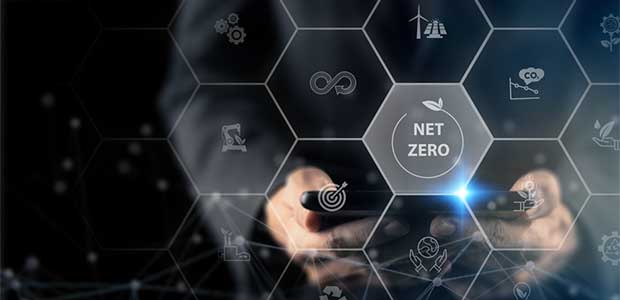
Understanding the Flaws in Net-Zero Emission Targets
Many countries and governments are dedicated to reducing carbon output and reaching net zero. What challenges do these targets present?
- By Jane Marsh
- Jun 09, 2023
People worldwide have become increasingly aware of environmental issues. In response, governments have released net-zero initiatives to reduce their countries' carbon emissions. These are certainly a step in the right direction to reducing the negative impact of harmful pollution. However, nations face significant challenges and limitations in meeting these net-zero targets.
What is Net Zero?
Net zero refers to reducing greenhouse gas emissions to zero or as close to it as possible. These initiatives should mitigate them to the point where they can be absorbed naturally and released into the atmosphere.
Studies show that reducing global emissions is essential to preventing climate change's worst possible effects. Carbon output must be reduced by 45 percent by 2030 and reach net zero by 2050 to keep the planet suitable for living creatures.
To this end, many countries and governments have pledged to contribute to the global net-zero emissions goal. China, the U.S. and the European Union have set several net-zero targets to reduce global emissions by 76 percent.
The Challenges and Flaws of Net-Zero Targets
Achieving net-zero emissions worldwide will massively reduce humans’ adverse effects on the environment, but getting there is no easy task. Countries must overcome many challenges to achieve those goals, some of which may be challenging in the current state of the world.
Economic Challenges. One of the biggest problems net-zero initiatives have to face is the state of the economy. Renewable energy sources such as solar, wind and hydroelectric are essential to meeting those initiatives. However, economics directly affects their development and availability to the public.
This effect is called a degrowth economy—a recognition that economic growth has environmental limits. The U.S. government has recently set initiatives to increase the production and acceptance of electric vehicles by strengthening supportive infrastructure.
However, the current state of the U.S. and global economy has limited consumers' interest in buying new EVs. Inflation has dramatically increased the cost of living, and people are more likely to save money to focus on purchasing essential goods. This has slowed down the acceptance of EVs and renewable energy sources.
In addition, many countries must rely on newly developed eco-friendly technologies to utilize renewable energies and decrease carbon emissions. They may be too expensive to invest in due to the current global economic situation.
Monitoring and Regulation Difficulties. A wealth of data is available from countries that show how much they have reduced their carbon emissions. However, monitoring how they achieve those numbers and regulating their methods takes a lot of work.
Most nations’ reports only focus on the current amount of emissions, but not which part of the country was responsible. For example, a city with particularly high carbon emissions can increase its reduction numbers by helping another lower its emissions.
Although this helps reduce the country's emissions overall, one municipality is merely helping another while doing nothing to curb its own. This can be especially egregious if its emissions are much higher than other cities.
Business and residential buildings have taken steps to meet the requirements set by these initiatives by using eco-friendly technology. They might focus on improving indoor air quality, which can be reduced through tobacco usage, carbon monoxide and mold.
However, many companies follow regulations to reach net zero on paper but want to keep their infrastructure the same. Therefore, they use this method to artificially inflate their emission reduction numbers. Currently, there is little environmental organizations can do to monitor and regulate such practices. Large-scale monitoring would require government oversight, which is not feasible when so many countries are involved.
Net-Zero Goals Must Be Crafted Carefully
Net-zero initiatives are critical in reducing carbon emissions, but several flaws and loopholes inhibit those goals from being fully realized. Governments and environmental organizations must consider them when creating further initiatives.
About the Author
Jane Marsh is an environmental writer. You can keep up with her work on her site Environment.co.